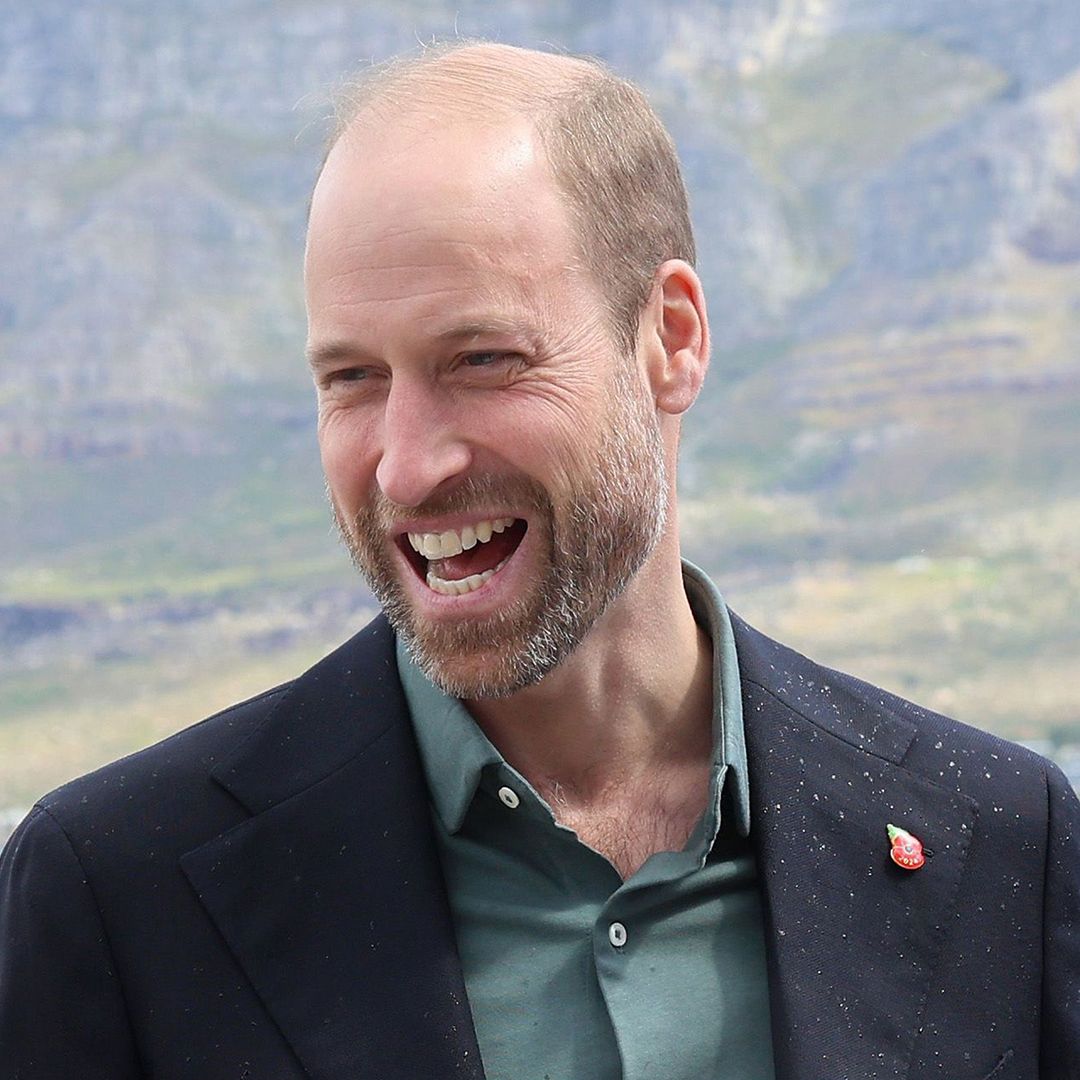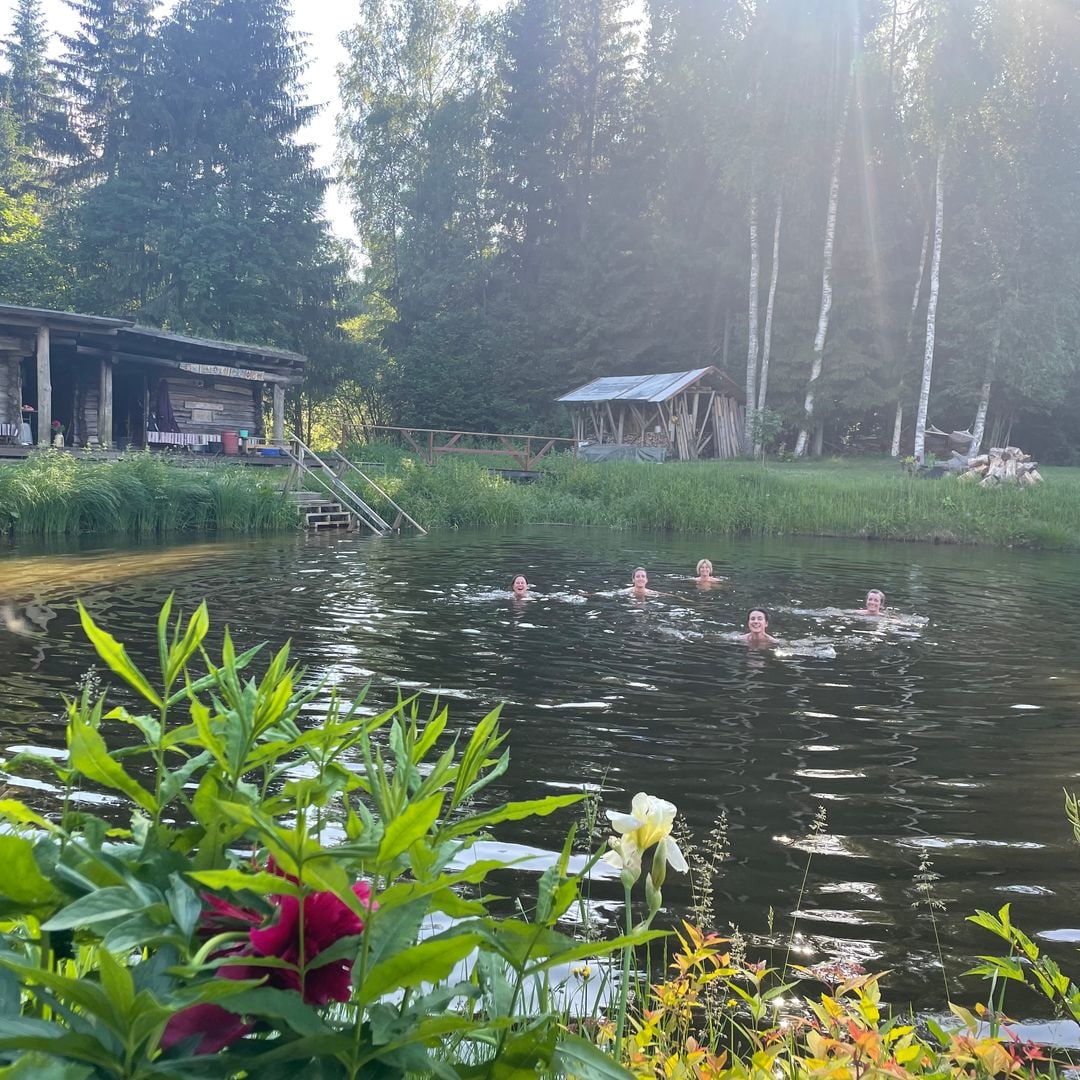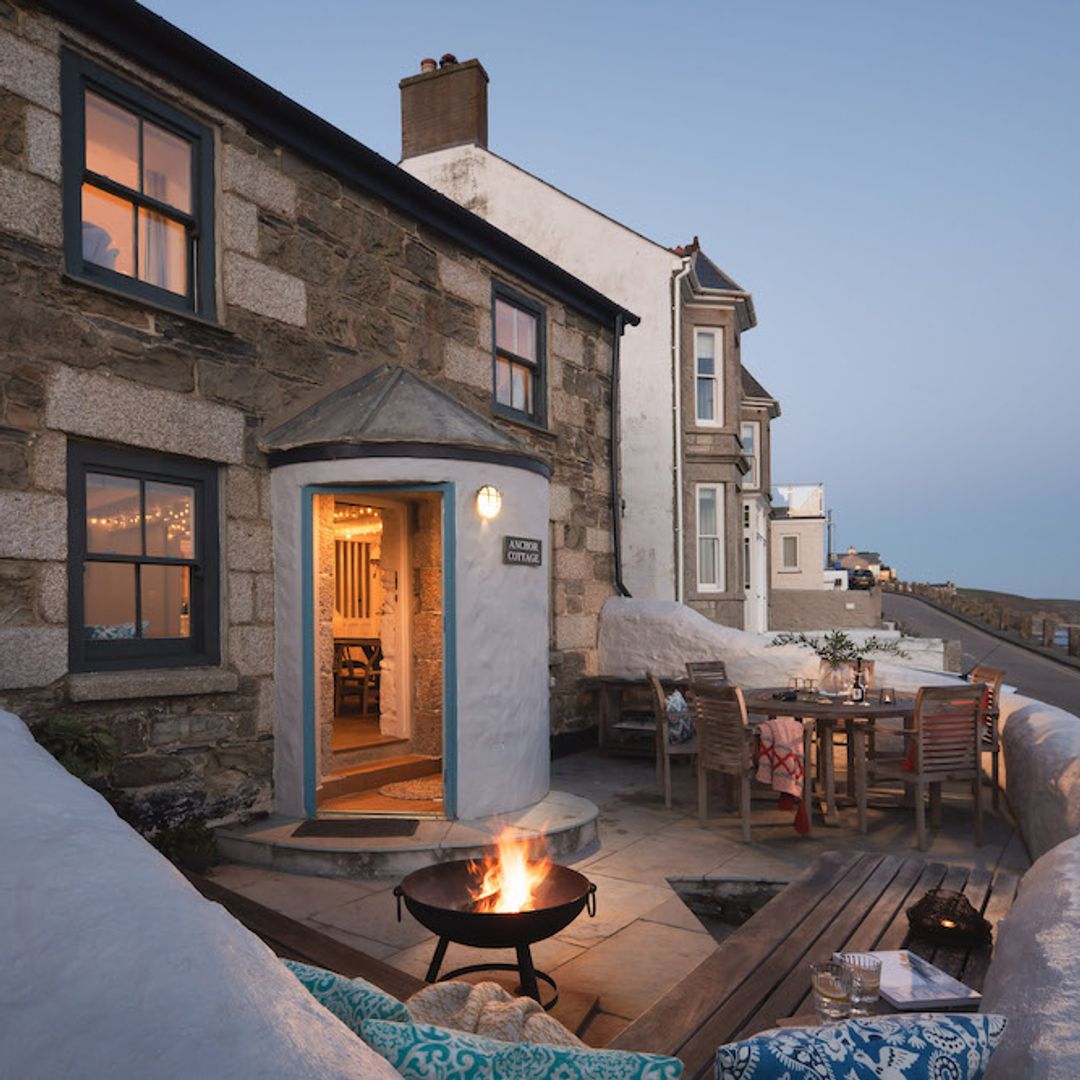The dense forests that carpet the volcanic Virunga mountains are one of the last refuges of the mountain gorilla. We invite you to an African adventure deep in this jungle, where American primatologist Dian Fossey devoted two decades of her life to studying the endangered mountain gorillas. Today the area boasts an eco-tourism project for their preservation that allows visitors to approach these huge animals in very small groups and discover the fascination of these magnificent creatures for themselves .
Back in the sixties, inspired by the anthropologist Louis Leakey, a young Dian Fossey travelled to the remote area of Equatorial Africa between Rwanda, Uganda and the former Zaire (now the Democratic Republic of Congo), to study the mountain gorillas. The reputation of these huge primates – based on the oldest scientific reports dating from the early twentieth century – painted them as aggressive and dangerous carnivores. Here, as shown in the movie Gorillas in the Mist (based on Fossey's book of the same name), she found that reality did not correspond to this stereotype image of the species. On the contrary, these great apes live in highly developed social structures comprising groups ranging from five to eleven individuals led by a dominant male silverback, and are actually timid herbivores, rather than the man-eating monsters of popular myth.
When Fossey started her investigations, the gorilla population was already under threat from the disappearance of their habitat, as well as from their interaction with humans. As was shown clearly in the film where Sigourney Weaver played the part of Fossey, the human danger came in particular from poachers, eager to capture and sell the animals to western zoos or to kill them to make illegally trafficked trophies.
Today, while still worryingly low, the number of mountain gorillas appears to be increasing, with an estimated 800 individuals living in the wild. Dangers continue to exist for them on several fronts: poachers remain a threat in the Great Lakes area, the region is strugging to recover from the conflict of the Nineties and the extreme poverty of the area is forcing the locals to expand their cultivation into territories where the creatures once roamed free. Despite this, in the Virunga area of Rwanda and Congo, the population of 260 studied by Fossey has risen to 380 according to the latest census by the Karisoke Research Centre, founded by Fossey herself in 1967 in the heart of of the Rwanda's Volcanoes National Park.
The Volcanoes Park, established in 1925, the oldest national park in Africa, was also the setting for some of the most exciting and tender scenes between Sigourney Weaver and her on-screen co-star, the gorilla who portrayed Digit, the favourite among the group who was most used to Fossey's presence and who was later to die at the hands of poachers. Fossey herself was murdered, almost certainly as a result of her attempts to protect the animals, although the crime remains unsolved.
The current political instability in the Congo greatly complicates visits to the mountain gorillas; even so, it is possible to get close to them in the Volcanoes National Park as well as in Uganda's Bwindi Impenetrable Forest and Mgahinga National Park. In order to disturb the animals as little as possible, all areas maintain strict annual access quotas, which means it is pretty much essential to book two or three months in advance.
Permits cost $500 per person, and, even if you have paid in advance, you will have to abandon all hope of visiting if you get sick: even a simple cold may be passed on to the animals who are very susceptible to human illnesses. In addition, neither the reserve authorities nor the agencies that organise the expeditions can guarantee a sighting, although, thanks to the expertise of the trackers, the probabilities of seeing these, the greatest of the apes, are very high.
The cost isn't the only drawback: visitors need to be physically fit as the excursion may entail an eight-hour trek through the jungle; you also need to be prepared to agree to follow instructions given by the guides: you may not spend more than an hour with the gorillas and the guides will tell you how close you may get; flash photography is forbidden, and you mustn't make sudden movements that might frighten them. It all sounds a little regimented, but when you are just a few metres from a gorilla, and when you see in his eyes the sheer humanity of this gentle cousin, the long walk will be forgotten and you will understand just why the extraordinary woman from Kentucky was prepared to give up her life for these animals.
THE PRACTICALITIES
Best time to visitThe wettest months – April, May, October and November – are best avoided,
Where to stayAmong the best options, the Gorilla Forest Camp, Clouds Mountain Gorilla Lodge and The Gorilla Resort, in the Bwindi Impenetrable Forest, and the Sabyinyo Silverback Lodge in the Virunga foothills, just three kilometers from the Volcanoes National Park.
Where to eatAlthough most travel options include full board, it's worth stopping at the the Travellers Rest Hotel at Kisoro , which Dian Fossey described as her “second home”.
Visiting the gorillasExcursions to see the mountain gorillas are always made in small groups guided by official park trackers. If you travel as part of an organised tour, the agency will arrange the necessary permits for visiting the gorillas. If not, you will need to deal with the paperwork as far in advance as possible through local authorities and Tourism Rwanda.
Don't miss...Climb volcanoes such as Muhavura and Visoke, visit the Karisoke Research Centre founded by Dian Fossey, and take a safari by jeep to see elephants, hippos, giraffes, buffalo and antelope and the black-maned, tree-climbing lions of Uganda's Ishasha plains.
Further information:Tourism Rwanda Tourism Uganda








